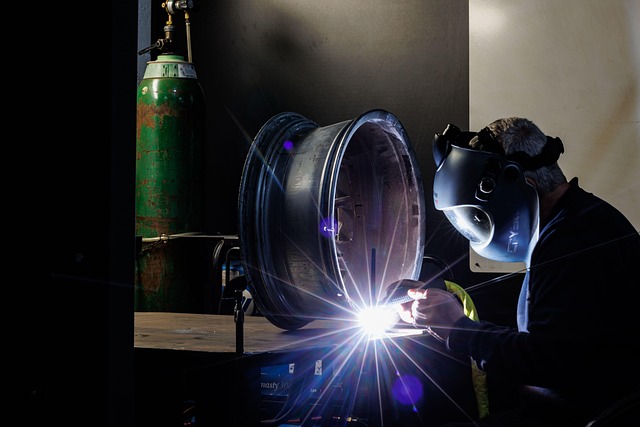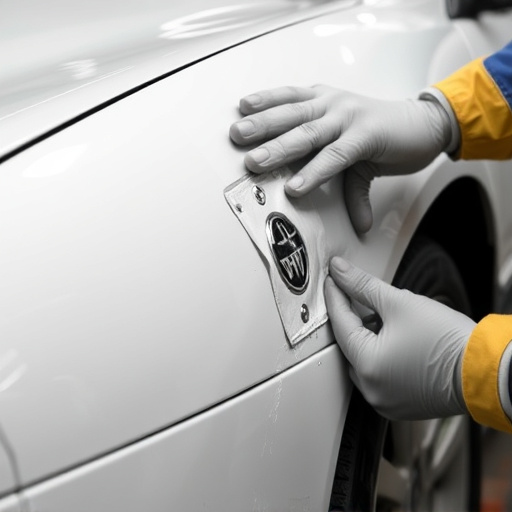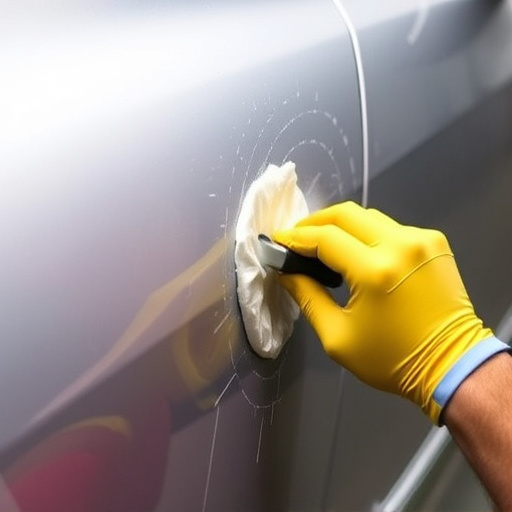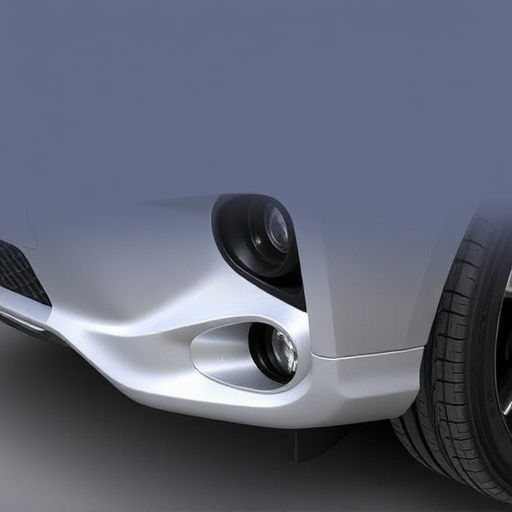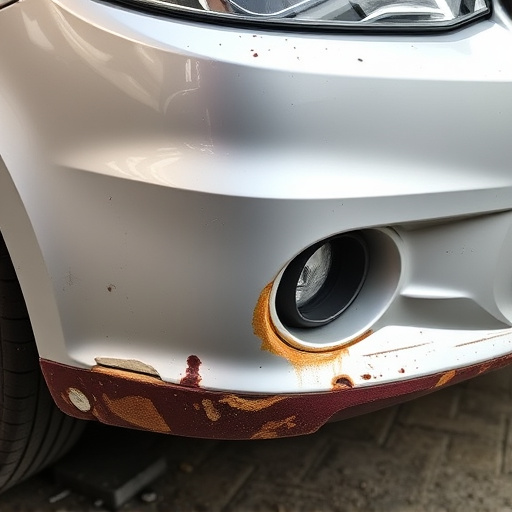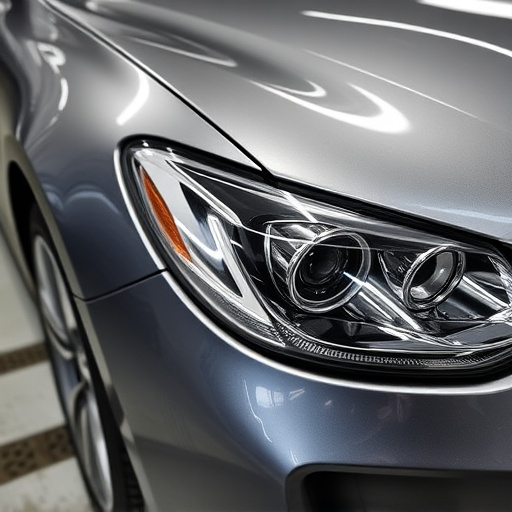Mercedes brake assist recalibration is a crucial driver safety feature ensuring precise control during sudden stops. Regular calibration by professionals enhances system accuracy, reducing halt distance and preventing collisions. This process involves diagnostics, ECU adjustment, rigorous testing, and integration of updated settings for optimal responsiveness in emergency situations, providing drivers with enhanced confidence and peace of mind on the road.
Mercedes’ Brake Assist system is a crucial feature designed to boost driver confidence during panic braking. This advanced technology uses sensors to gauge braking urgency, but occasional recalibration may be needed for optimal performance. Understanding how to calibrate this system effectively is essential for enhancing safety, especially in critical situations. This guide delves into the step-by-step process of Mercedes brake assist recalibration, ensuring drivers can navigate sudden stops with enhanced confidence and control.
- Understanding Mercedes Brake Assist System
- Recalibration Process: Step-by-Step Guide
- Enhanced Safety: Benefits for Panic Braking Situations
Understanding Mercedes Brake Assist System

The Mercedes Brake Assist System is a sophisticated piece of technology designed to enhance driver safety and confidence. This advanced system uses sensors and computers to monitor vehicle speed, steering input, and other dynamic parameters during driving. In the event of a sudden stop or panic braking, the Brake Assist detects the urgency and applies the brakes accordingly, reducing the distance required to halt the vehicle.
This real-time recalibration ensures precise control by adjusting brake pressure based on road conditions and vehicle dynamics. Regular Mercedes brake assist recalibration is crucial, as it keeps this safety feature optimized for peak performance. Over time, factors like environmental changes or wear and tear in automotive body work might impact its accuracy, necessitating professional vehicle paint services for adjustments to ensure the system remains as effective as possible for car paint repair and overall vehicle safety.
Recalibration Process: Step-by-Step Guide
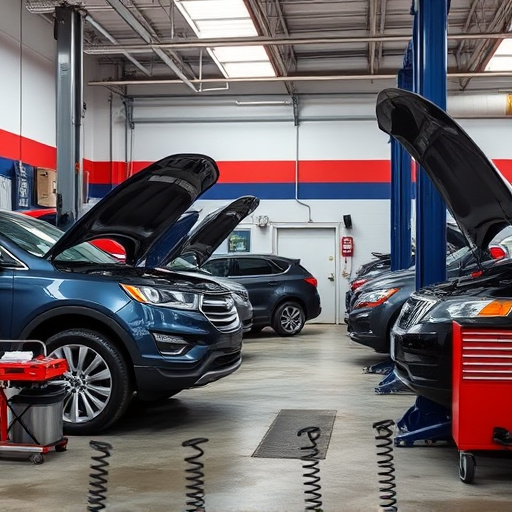
The Mercedes brake assist recalibration process involves several meticulous steps to ensure optimal performance and driver confidence during emergency situations. It begins with diagnosing any existing issues using advanced diagnostic tools, which detect even the slightest anomalies in the vehicle’s braking system. Once identified, the next step is to access the electronic control unit (ECU) responsible for managing the brake assist functionality. Technicians then make precise adjustments to the ECU’s programming, calibrating it to react more effectively during panic braking events.
This intricate process continues with thorough testing to validate the adjustments. Simulated emergency braking scenarios are executed to gauge the system’s responsiveness and accuracy. If the recalibration proves successful, the final step involves integrating the updated settings into the vehicle’s overall control module. This seamless integration ensures that all safety systems operate in harmony, providing drivers with a reliable and confident driving experience, especially in critical situations. For fleet repair services or auto body repairs requiring such specialized knowledge, turning to experienced professionals is paramount for ensuring both safety and effectiveness.
Enhanced Safety: Benefits for Panic Braking Situations

The Mercedes brake assist recalibration is a significant feature designed to enhance safety, especially during panic braking situations. By recalibrating the system, the vehicle can more accurately respond to sudden and aggressive braking inputs, ensuring better control and reduced stopping distances. This technology plays a crucial role in preventing collisions and protecting both the driver and passengers.
In high-stress scenarios, where split-second decisions are made, a well-calibrated brake assist system can make all the difference. It allows drivers to maintain confidence and precision, enabling them to navigate through emergency stops or avoid obstacles more effectively. This advanced safety feature contributes to a smoother driving experience and peace of mind, knowing that your vehicle is prepared for unexpected challenges on the road, just like how a well-maintained bumper repair or collision damage repair service ensures your car’s exterior protection.
Mercedes brake assist recalibration is a powerful tool that bolsters driver confidence during panic braking situations. By understanding the system and following a straightforward recalibration process, vehicle owners can ensure optimal safety performance. This step-by-step guide highlights the benefits of enhanced precision and responsiveness in critical moments, making every drive more secure and peaceful.




